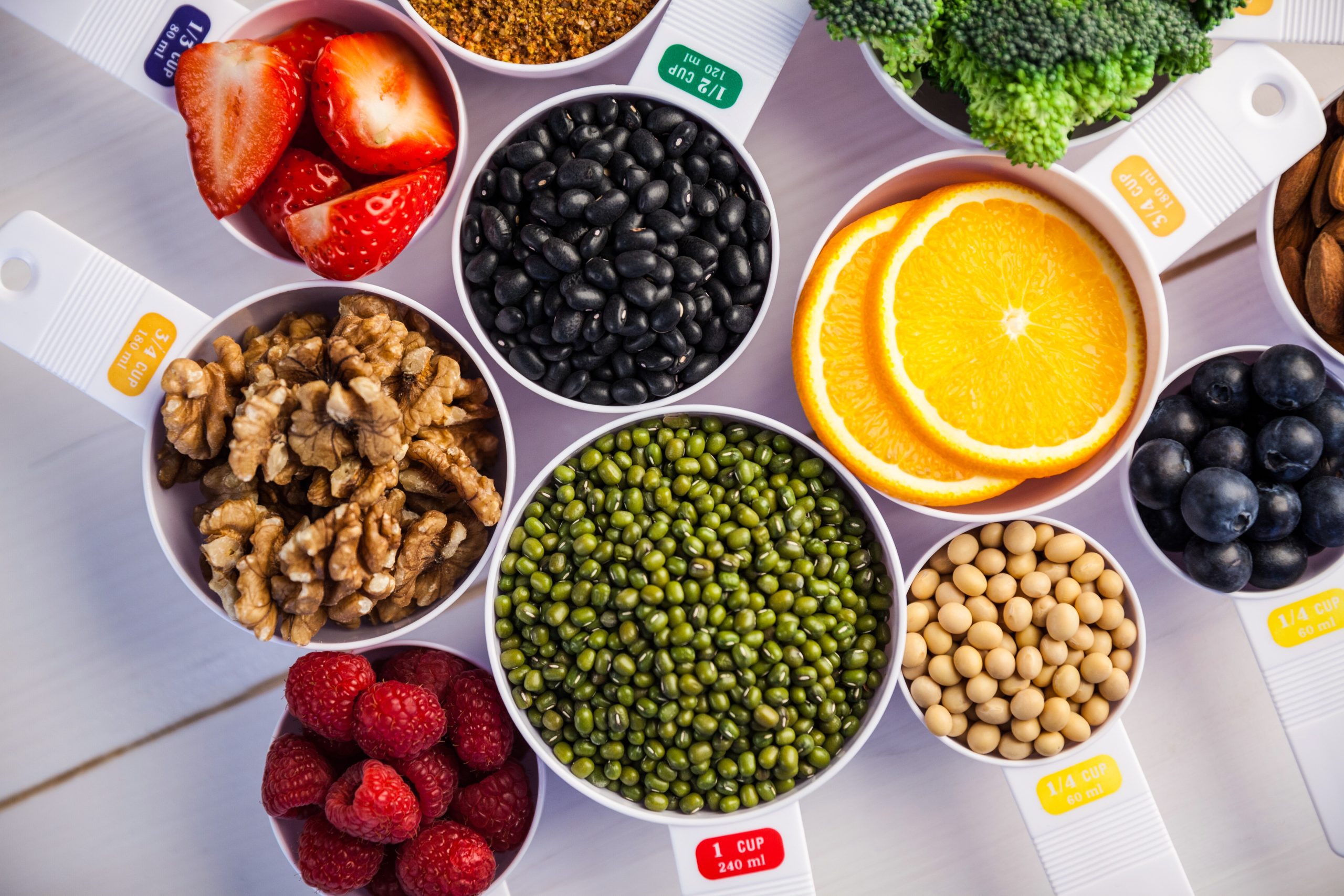
In a world flooded with dietary options and health fads, mastering the art of reading nutrition labels is no longer just a skill; it’s a necessity. Whether you’re trying to lose weight, manage a health condition, or simply make healthier choices, understanding the often confusing jargon found on nutrition labels can empower you to make informed decisions. So, let’s embark on a journey to decode these labels to reclaim control over our food choices.
Why Nutrition Labels Matter
Nutrition labels serve as a bridge between food manufacturers and consumers, offering a snapshot of a product’s nutritional value. They are designed to help consumers make informed choices that contribute to a balanced diet. However, understanding these labels can seem daunting. But once you break it down, it’s much like learning a new language, and a little practice goes a long way.
The Layout of a Nutrition Label
A standard nutrition label provides various pieces of information, including serving size, calories, and a list of nutrients such as fats, cholesterol, sodium, carbohydrates, dietary fiber, sugars, protein, and vitamins. Each of these components tells a part of the story about what you’re consuming.
1. Serving Size
Start by paying attention to the serving size. This is crucial because all of the nutritional information that follows is based on this portion. The serving size is not necessarily the amount you are likely to eat. Instead, it is the amount typically consumed, which may differ from how much you’re actually eating. Comparing the serving size on the label with the amount you consume can help you accurately assess your intake.
2. Calories
Calories tell you how much energy you get from a serving of this food. It’s essential to understand that maintaining a balance between the calories you consume and those you burn is key to maintaining a healthy weight. Be mindful of foods high in calories but low in nutrients, often termed as “empty calories.”
3. Nutrients to Limit
– Total Fat, Saturated Fat, and Trans Fat: While some fats are healthy (like unsaturated fats), large amounts of saturated and trans fats can be harmful as they are linked to heart disease. Aim to keep their intake as low as possible.
– Cholesterol and Sodium: Excessive intake of sodium and cholesterol can lead to health problems like high blood pressure and heart disease. The daily recommended maximum for sodium is 2,300 mg, but it’s even lower (1,500 mg) for some populations.
4. Nutrients to Get Enough Of
– Dietary Fiber: Foods high in dietary fiber can aid digestion, lower cholesterol levels, and help maintain a healthy weight. Aim for about 25 grams (women) to 38 grams (men) per day, according to dietary guidelines.
– Vitamins and Minerals: Nutrients such as Vitamin C, Calcium, Iron, and Potassium are essential for various body functions and disease prevention.
5. Understanding the % Daily Value (%DV)
The %DV helps you gauge the percentage of a nutrient’s recommended daily intake that one serving of the product provides. A %DV of 5% or less indicates that the food is low in that nutrient, while 20% or more indicates it’s high. Use this as a tool to quickly determine whether a food item is worth including in your diet.
Don’t Forget the Ingredients List
Beyond the numbers, the ingredients list is a critical part of the label. The ingredients are listed in descending order by weight, so those listed first are the predominant in the product. Watch out for hidden sugars and unhealthy additives. Words ending in “-ose” (like fructose and sucrose) are typically sugars.
When the Labels Mislead: Beware of Food Claims
Food packaging often includes claims: “low-fat,” “reduced sugar,” “high-fiber.” While these claims can be helpful, they can also mislead. For instance, “low-fat” products can still be high in sugar or calories. Always cross-check any claims with the actual nutrition label to be fully informed.
Practical Tips for Mastering Labels
1. Compare Products: When buying processed foods, compare labels to choose options lower in unhealthy fats, cholesterol, and sodium.
2. Plan Your Meals: Use nutrition labels to help plan balanced meals that align with your dietary needs.
3. Stay Curious: When exploring new foods, take a moment to read the nutrition label to better understand what you’re consuming.
4. Educate and Practice: Spend time familiarizing yourself with terms on the labels. The more you practice, the easier it will become to quickly identify nutrients important to your diet.
5. Focus on Whole Foods: While nutrition labels are essential for packaged goods, aim to include plenty of whole, unprocessed foods in your diet, which often don’t come with labels but are naturally rich in nutrients.
Conclusion
Knowledge is power when it comes to nutrition. By taking the time to learn how to read and understand nutrition labels, you take a significant step towards maintaining a healthier lifestyle. Each label tells a story about the product, and once you master this language, you hold the key to making better choices for your wellbeing. Invest the time in understanding these labels, and your body will thank you in the long run. Remember, good health doesn’t just happen; it’s something you cultivate, one label at a time.




